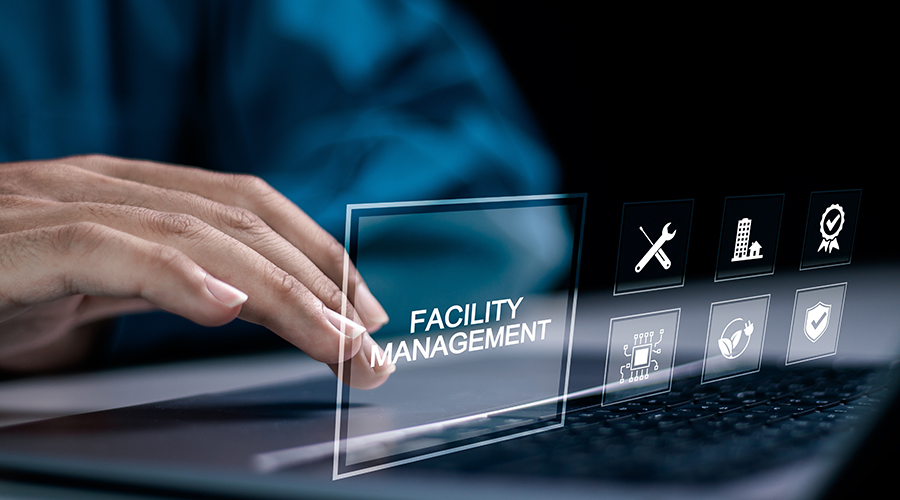Facility Managers Explain How They Minimize Risks and Maximize Rewards of New Technology
In the consumer market, new technology is almost always a good thing. Whether it's the newest mobile device or this year's cars, new technology is usually a strong selling point. For facility managers, however, the reverse sometimes seems to be true. Facility managers have a reputation for being cautious about new technology. And it's easy to understand why. With perennially tight budgets and products that may remain in place for decades, no one wants to make a mistake.
But in the past few years, the downsides of a too conservative strategy have become apparent. At the same time that top management has come to demand more from facility managers, innovation in facility technology has accelerated. Advances in technology have enabled some facility managers to meet important organizational objectives. The question, increasingly, is how facility managers can take advantage of new technology without getting caught on the bleeding edge.
There are plenty of reasons that facility managers should keep the door open to new technology. For one thing, new technology may just be better — more cost effective, more reliable, more durable, more attractive.
"Technology changes very rapidly," says Kevin Kampschroer, director of the Office of Federal High-Performance Green Buildings for the U.S. General Services Administration. For example, he says, a new generation of lighting options now offers an additional 30 to 40 percent savings on top of earlier lighting retrofits with paybacks in the four to six year range.
Then there are broader, more strategic benefits. For a growing number of organizations, issues of corporate responsibility have become high priorities. Marriott, for example, has developed a strategy for contributing to environmental conservation that includes expanding the use of LEED certification for existing properties.
Among its goals, the company is working to further reduce energy and water consumption by 25 percent per available room by 2017. To achieve its goals, the corporation is partnering with vendors to introduce price-neutral products that conserve resources, divert waste and are composed of environmentally responsible materials. Products already refined include shower heads that use 2.5 gallons of water per minute, light bulbs that use 80 percent less energy, and key cards made of recycled materials.
As the energy director for 816 hotels, Douglas Rath, Marriott's director of energy and environment for the Americas, is constantly on the lookout for products that conserve energy and improve the guest's experience. He says that there is a never-ending procession of calls from suppliers offering this new technology or that one.
New technology represents an opportunity to be explored. Since the early 1990s, Marriott has been committed to continuous quality improvement (CQI). "CQI means that success is never final," Rath says. "We have not found the best of anything yet."
Evaluating New Options
"New facility technology" doesn't necessarily mean a product left the lab yesterday. There are plenty of technologies that have been out in the marketplace for a couple years or more, with at least limited applications, so some of the glitches typical for any new technology have been worked out or at least identified.
Rath says he tends to look at technologies that have been in the marketplace 12 to 24 months. "Basically, I want new technology vendors to prove their claims," Rath says. "And I want those claims substantiated by an independent third-party engineering firm."
Realizing that no one invents the perfect product from the outset, Larry Morgan, head of operations for the Palo Alto region of SAP's global facilities management (Americas), asks, "When you first deployed this technology, what mistakes did you make and what steps did you take to correct them?" Morgan is intently interested in the course correction taken in the product's earliest days, when inevitable flaws appear.
Ron Sharpe, now retired, was manager of building automation systems for The Ohio State University. Sharpe — who also is an emeritus board member of BACnet International, currently serving on the education committee — evaluated new technology by getting "my hands on it." The goal: "connect it to the building system and see if it can perform and meet the claims made by the representative and/or manufacturer."
Kampschroer turns to the national labs — Pacific Northwest, Sandia, Lawrence Berkeley, etc. — for information on new technologies. "Then we look for other indications that a new technology works, such as credible independent testing labs or peer-reviewed papers that tested the technology," he says.
Related Topics:














